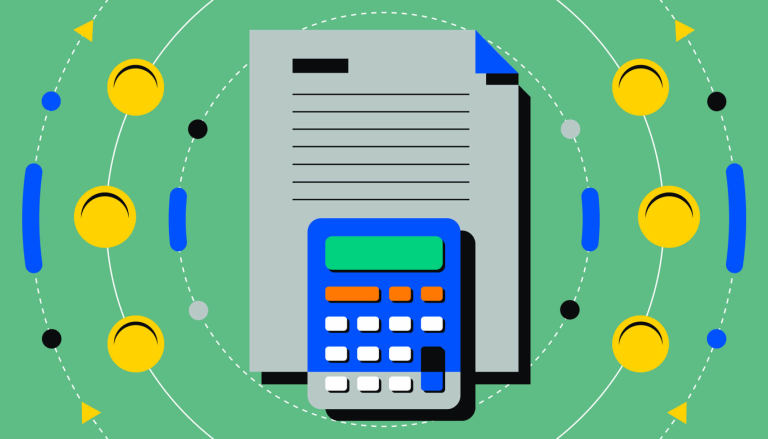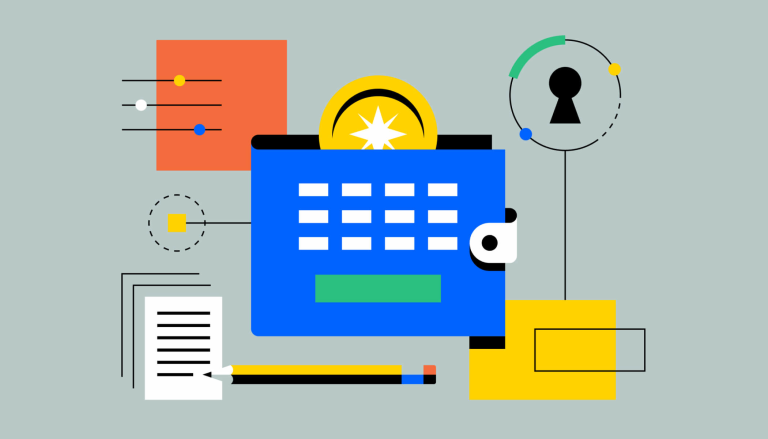How to calculate Return on Investment (ROI)?

TL;DR: ROA, or Return on Allocation, is a ratio that compares the gain or loss from an asset relative to its cost. It's a useful tool for evaluating the performance of an asset. ROA is calculated by subtracting the initial cost of the asset from its final value, dividing this new number by the cost of the asset, and multiplying it by 100. However, it's important to note that ROA doesn't account for the duration of the asset.
What is Return on Allocation (ROA)?
ROA, or Return on Allocation, is a ratio that compares the gain or loss from an asset relative to its cost. It's a useful tool for evaluating the performance of an asset, whether you're assessing the performance of your cryptocurrency holdings, considering a business allocation, or deciding whether to undertake a new project. Although ROA is a ratio, it's typically expressed as a percentage.
How is ROA calculated?
ROA can be calculated using a simple formula. First, subtract the initial cost of the asset from its final value. This gives you the net return on the asset. Next, divide this new number by the cost of the asset. Finally, multiply this result by 100 to get the ROA as a percentage.
For example, if you allocated $1000 to a cryptocurrency and sold it later for $1500, the net return on your allocation would be $500 ($1500 - $1000). Dividing this by the initial allocation ($500 / $1000) gives you 0.5. Multiplying this by 100 gives you an ROA of 50%.
Uses of ROA
ROA has a wide range of applications. It can be used to measure the performance of cryptocurrency holdings, to decide whether to acquire a business, or to evaluate the success of a real estate transaction. It's a versatile tool that can provide valuable insights into the performance of an asset.
Limitations of ROA
While ROA is a useful tool, it's important to be aware of its limitations. One key drawback is that it doesn't account for the duration of the asset. This means that an asset that yields a high ROA over a long period may not be as profitable as it seems. It's also worth noting that ROA doesn't take into account the risk associated with an asset. High-risk assets may yield high ROAs, but they also carry a greater chance of loss.
ROA and cryptocurrency
With regard to cryptocurrency, ROA can be a valuable tool for assessing the performance of different cryptocurrencies. By comparing the ROA of different cryptocurrencies, you can gain insights into the performance of various cryptocurrencies over a given period. However, as with any asset, it's important to consider the risks associated with allocating resources to cryptocurrencies and to make informed decisions based on a thorough understanding of the market.


